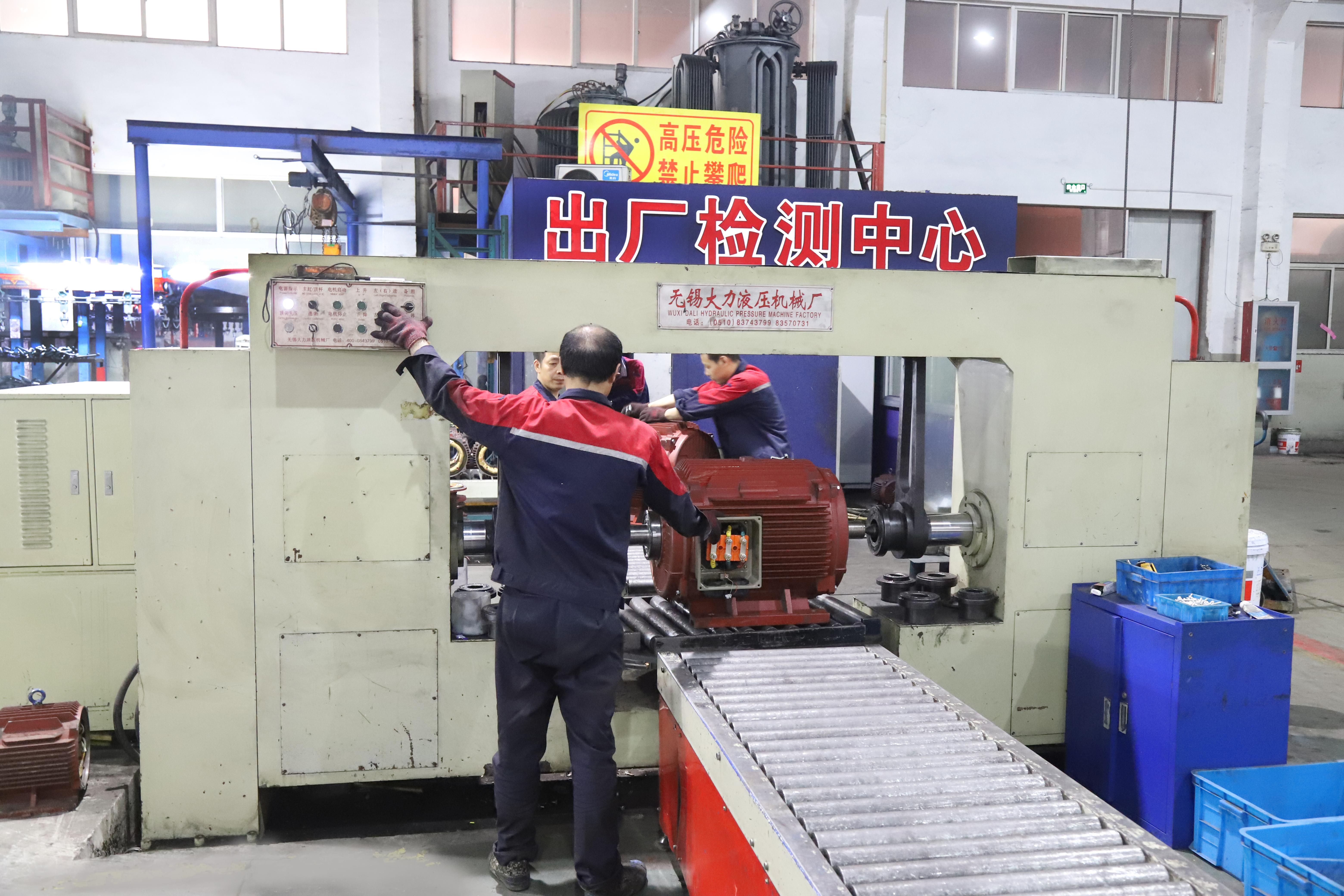Development history and Working principle of three-phase asynchronous motors
The history of electric motors can be traced back to 1820, when Hans Christian Auster discovered the magnetic effect of current. A year later, Michael Faraday discovered electromagnetic rotation and established the first primitive DC motor. Faraday discovered electromagnetic induction in 1831, but it was not until 1883 that Tesla invented induction (asynchronous) motors. Today, the main types of motors are still the same, with direct current, induction (asynchronous), and synchronous motors all based on theories developed and discovered by Olstadt, Faraday, and Tesla over a hundred years ago.

A three-phase asynchronous motor is a type of induction motor that is powered by simultaneously connecting a 380V three-phase AC current (phase difference of 120 degrees). Due to the fact that the rotor and stator rotating magnetic field of a three-phase asynchronous motor rotate in the same direction and at different speeds, there is a slip rate, so it is called a three-phase asynchronous motor.
When the three-phase stator windings of the motor (each with a 120 degree electrical angle difference) are fed with three-phase symmetrical alternating current, a rotating magnetic field will be generated, which cuts the rotor winding and generates induced current in the rotor winding (the rotor winding is a closed circuit). The current carrying rotor conductor will generate electromagnetic force under the action of the stator rotating magnetic field, thereby forming electromagnetic torque on the motor shaft and driving the motor to rotate, And the motor rotates in the same direction as the rotating magnetic field.
Post time:
Nov-17-2023